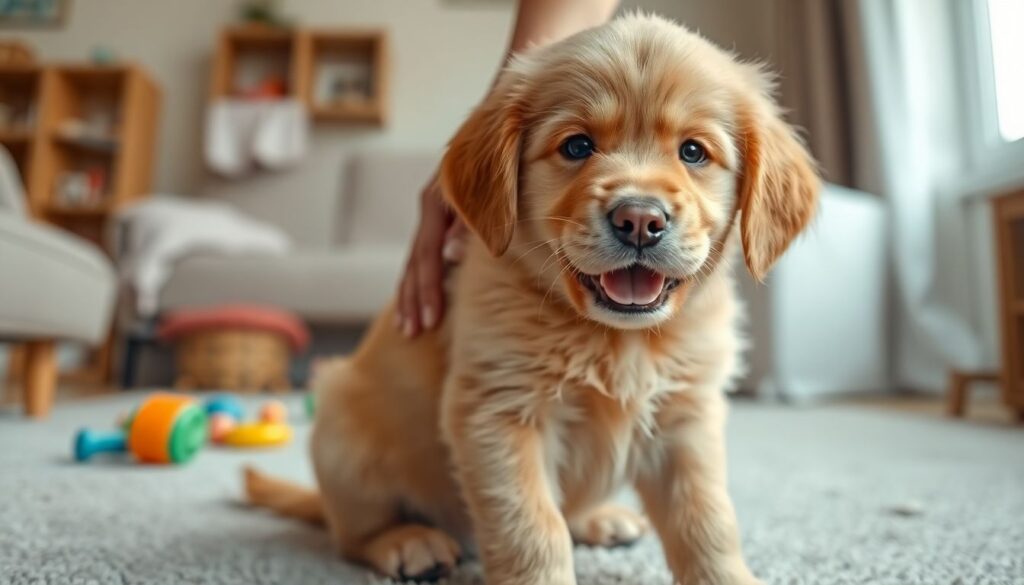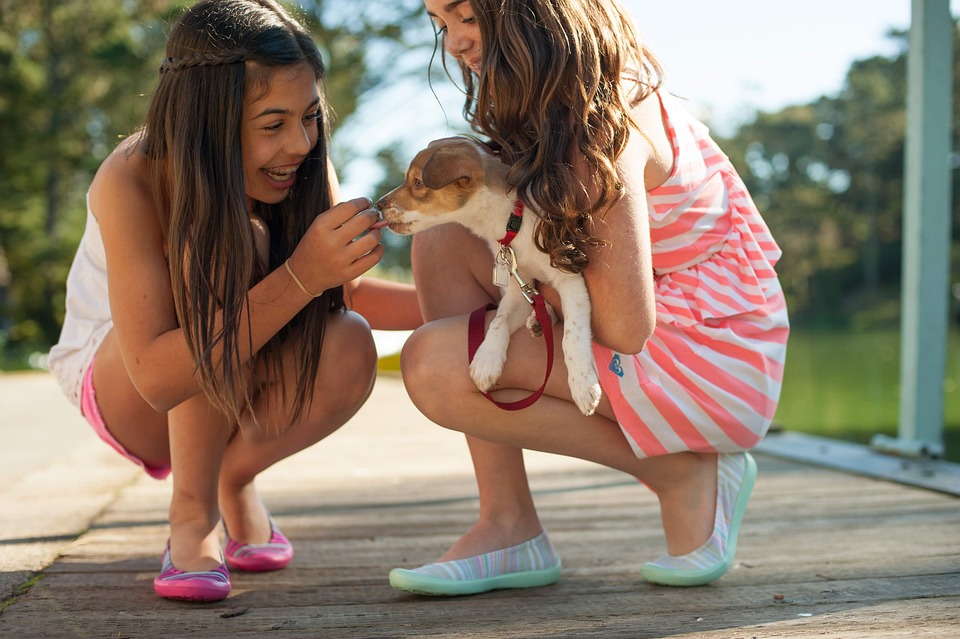Ace the Basics: Your Guide to Teaching Puppy Sit, Stay, and Come
Setting the groundwork for your puppy’s training journey begins here. Every puppy possesses a unique spirit and energy, and teaching them basic commands like “sit,” “stay,” and “come” lays the foundation for their development and behavior. Early training is essential for both a strong bond and a well-mannered pet.
The Importance of Early Training
A staggering 70% of dogs end up in shelters due to behavioral issues. Addressing these issues early can lead to a happier life for you and your puppy. Training not only enhances safety but also improves socialization with other pets and humans. It’s a win-win.
Puppy Development & Training Readiness
Puppies go through several developmental stages. Understanding these stages helps you determine when your puppy is ready for training. Typically, puppies are receptive to training as early as eight weeks. Positive reinforcement, such as treats and praise, is key to making this process enjoyable for both of you.
Teaching Your Puppy to Sit
Step-by-Step Guide to “Sit” Training
- Gather Supplies: Get some small, tasty treats to motivate your puppy.
- Find a Quiet Spot: Minimize distractions during training.
- Use a Treat: Hold a treat close to your puppy’s nose.
- Raise the Treat: Slowly move it above their head. As they look up, their bottom will lower.
- Command and Reward: As soon as they sit, say “sit” and give them the treat.
- Repeat: Consistency is key. Practice several times each session.
Troubleshooting Common “Sit” Issues
- Distractions: If your puppy does not respond, remove distractions. Train in a quiet environment before transitioning outdoors.
- Consistency: Use the same command and reward system every time. This builds understanding and expectations.
Mastering the “Stay” Command
Gradual Introduction to the “Stay”
- Start Small: Ask your puppy to sit first. Then hold your hand up like a stop sign.
- Short Durations: Begin with just a few seconds. Gradually increase the time.
- Reward Immediately: Give a treat as soon as they stay in place.
Building Duration and Distance
- Maintain “Stay”: Gradually move away from your puppy. If they break, move back, and try again.
- Addressing Breaks: Use a firm but calm voice to remind them to “stay.” Be ready to reward them when they succeed.
Perfecting the “Come” Recall
Safe and Effective “Come” Training
- High-Value Rewards: Use your puppy’s favorite treats to encourage them.
- Positive Association: Always associate “come” with something good to prevent them from fearing it.
Addressing Recall Challenges
- Distractions: Start practicing in a low-distraction environment. Gradually take your training to busier areas.
- Excitement Counts: Keep your tone enthusiastic when calling them. This builds eagerness to respond.
Advanced Training Tips & Tricks
Combining Commands for Complex Behaviors
- Sequence Commands: Once they master “sit,” “stay,” and “come,” try combining them. For instance, ask them to “sit” before you ask them to “stay.”
- Add Variation: Change the duration and distance to keep training challenging and fun.
Socialization and Real-World Application
- Different Environments: Practice commands in parks, at home, or around friends. This helps your puppy adapt to various situations.
- Consistent Reinforcement: Keep rewarding good behavior. Consistency boosts their confidence and learning.

Conclusion: Building a Bond Through Obedience
Strong training habits create an enduring bond between you and your puppy. Remember to be patient and celebrate small victories.
Key Takeaways
- Use simple, effective techniques when training your puppy.
- Encourage ongoing practice and learning over time.
- “The greatest gift you can give your dog is a good foundation in training,” says a dog training expert.
By investing time in teaching your puppy these essential commands, you host a fun, engaging experience that will pay off in years of companionship and joy.




